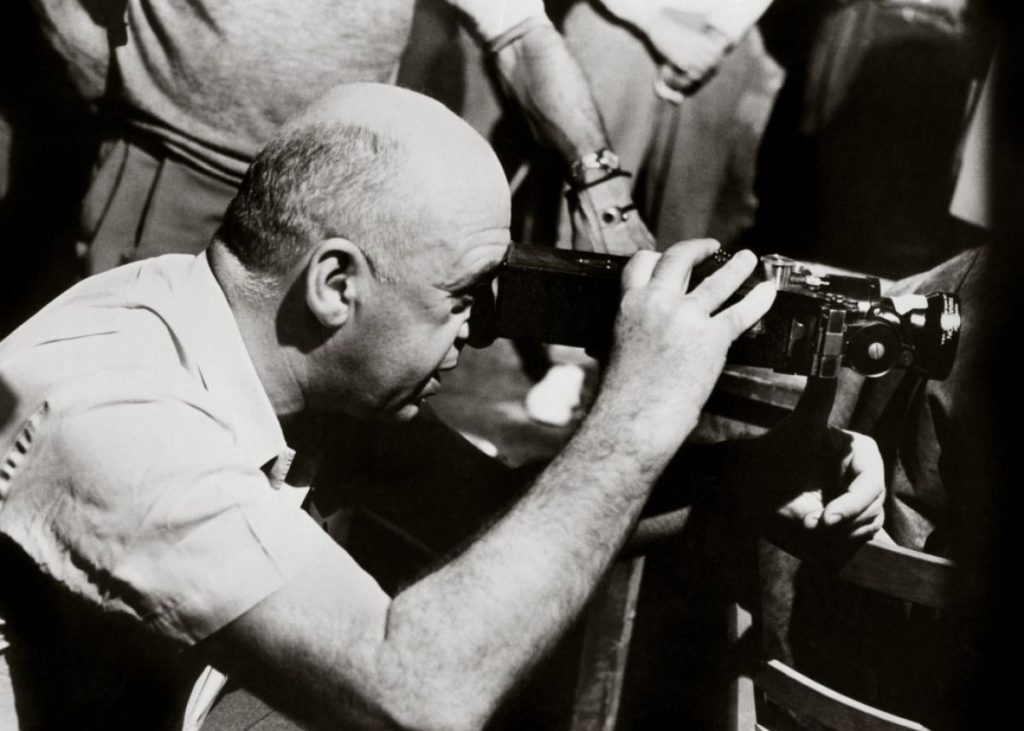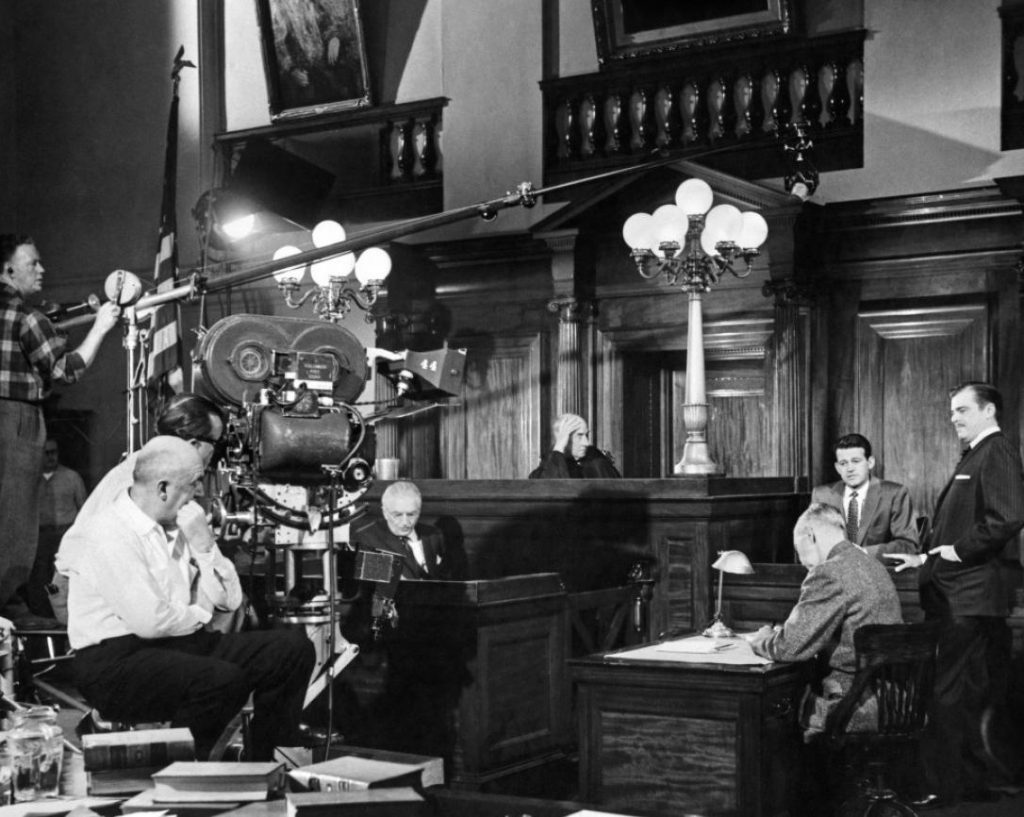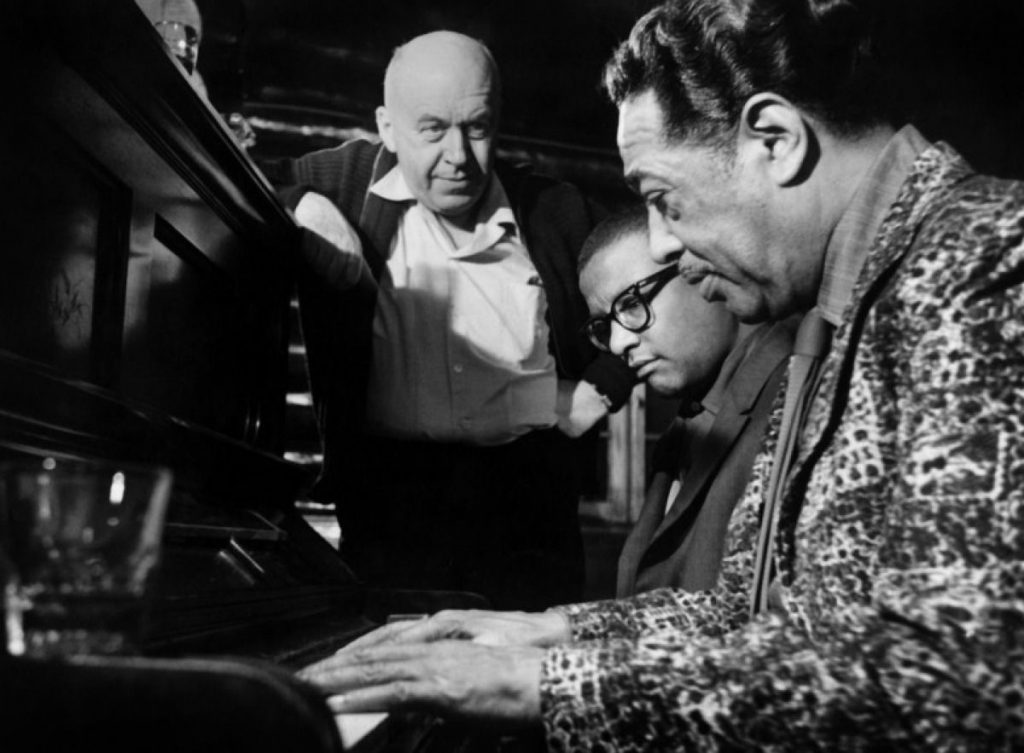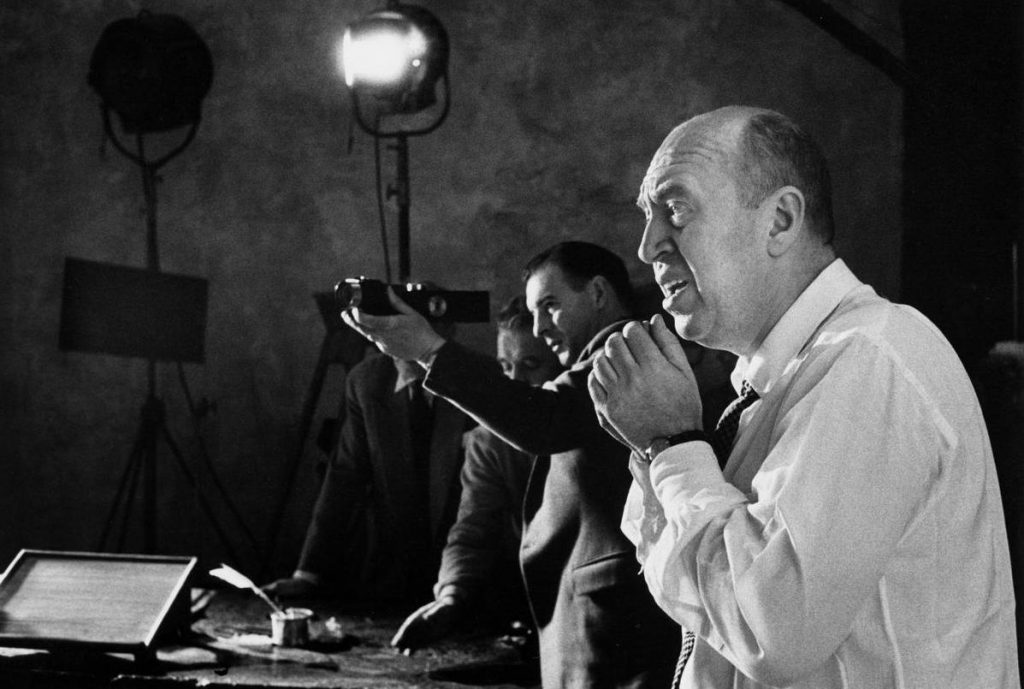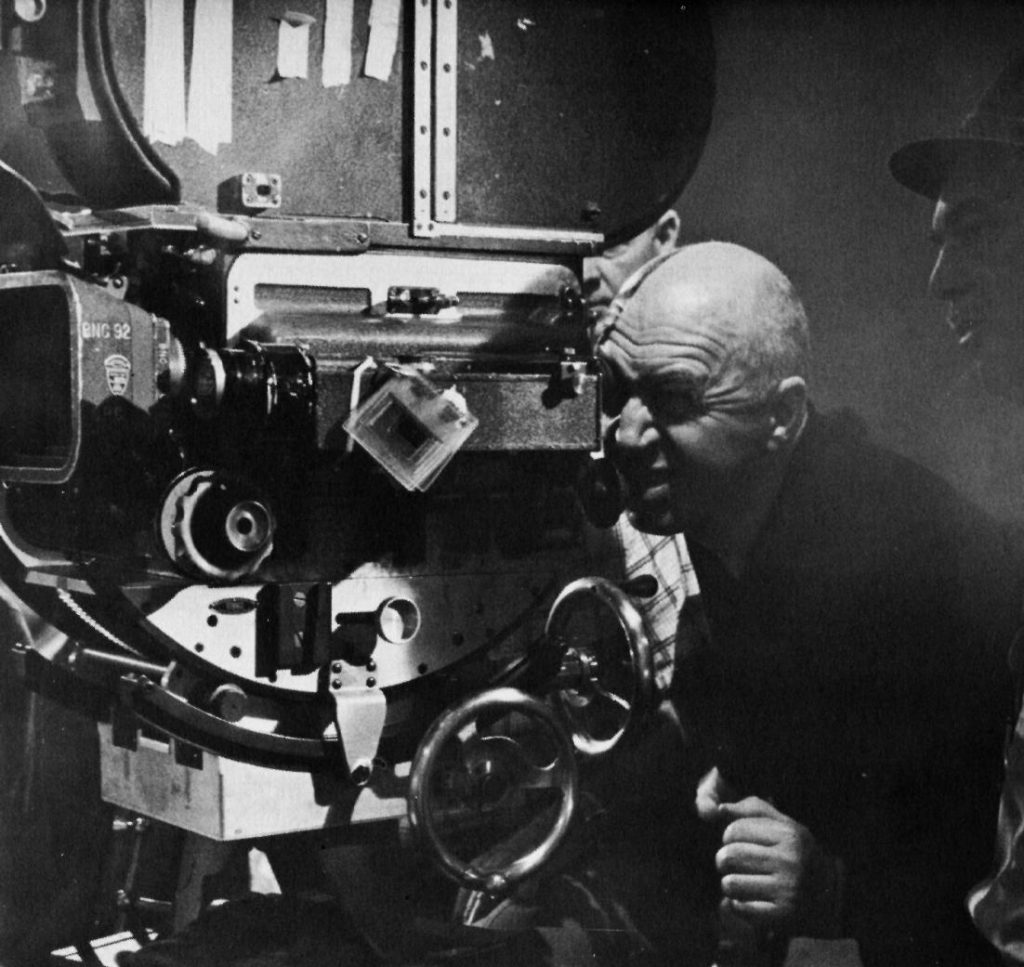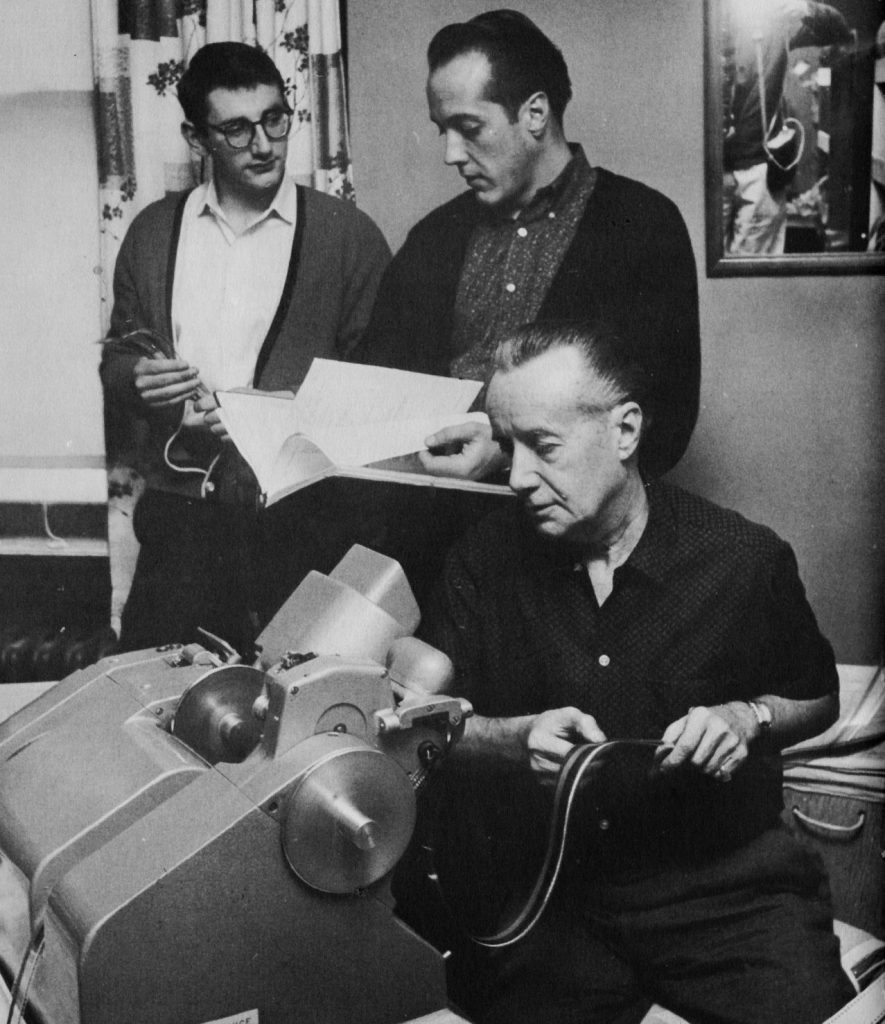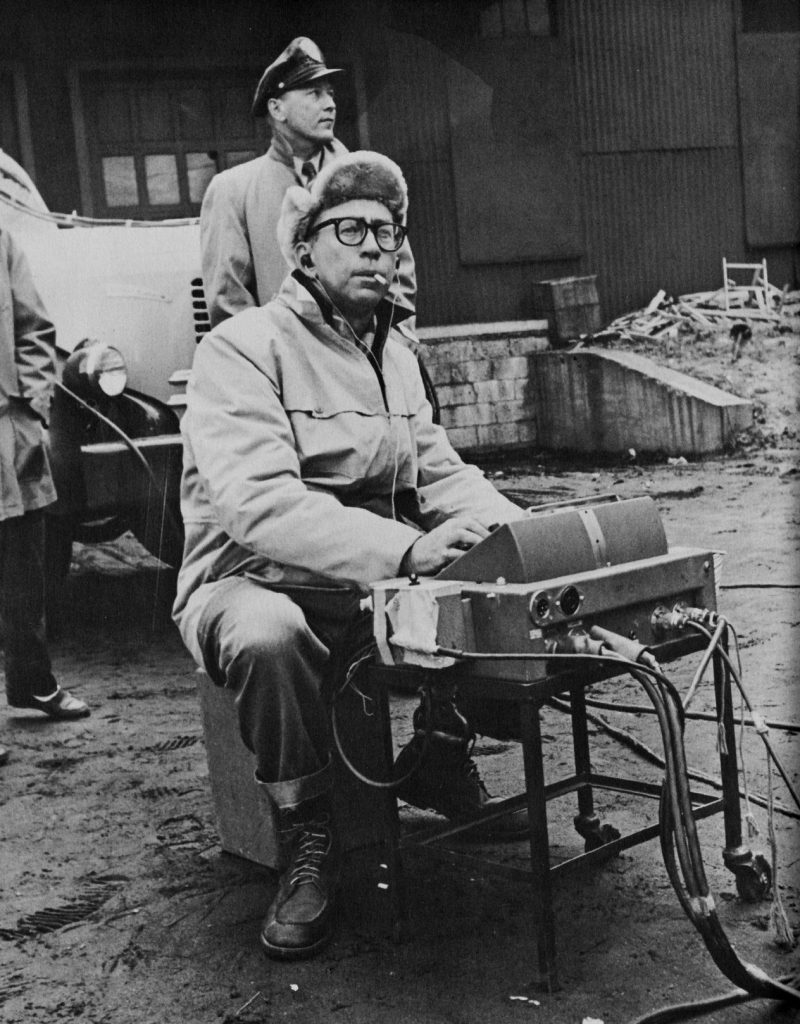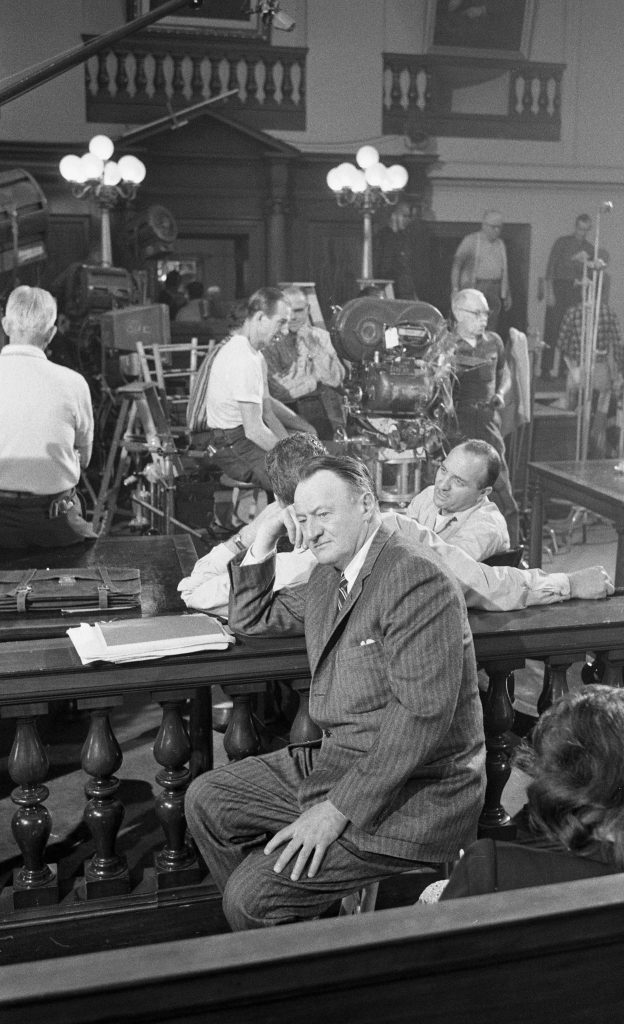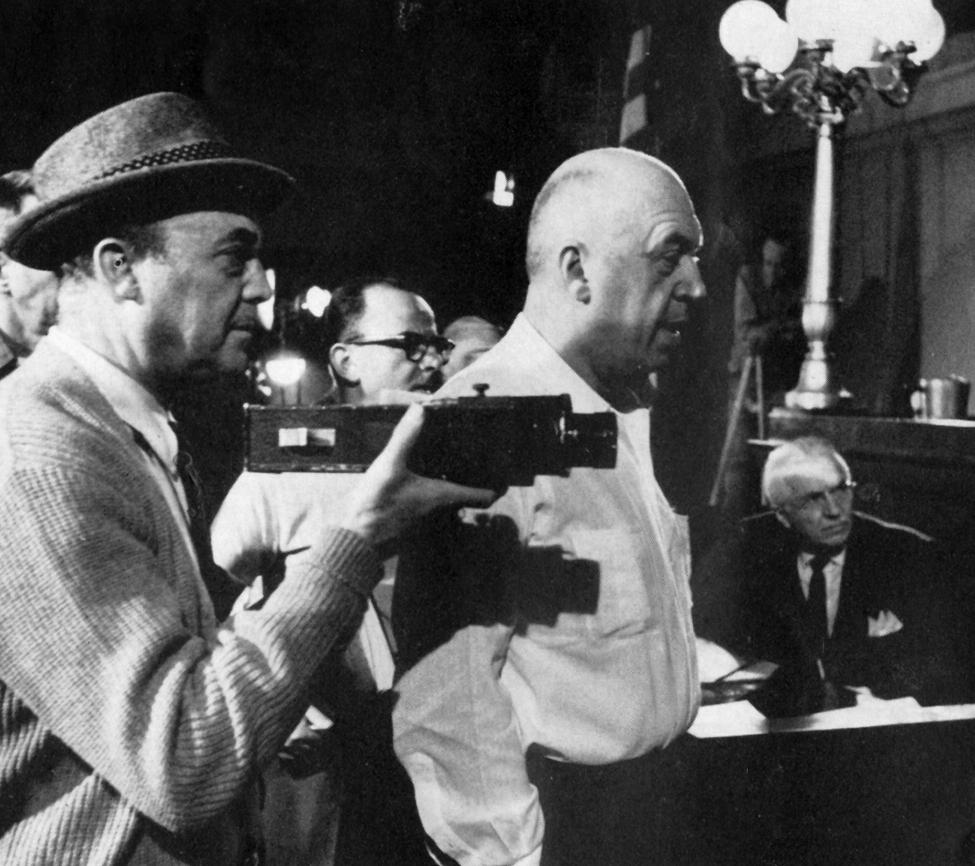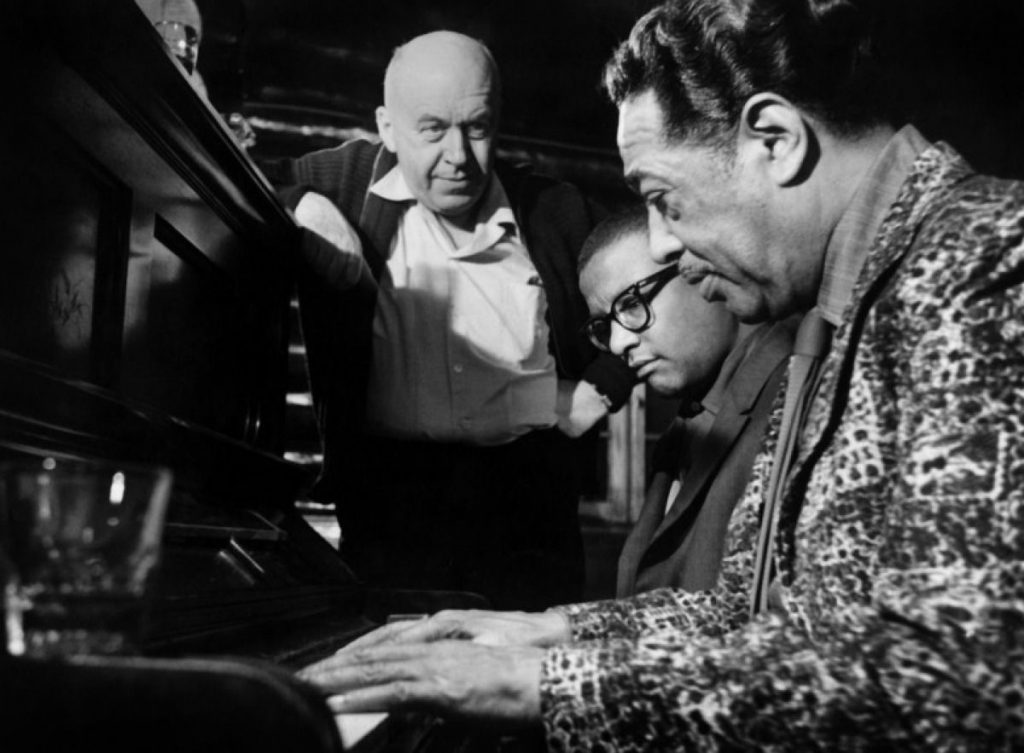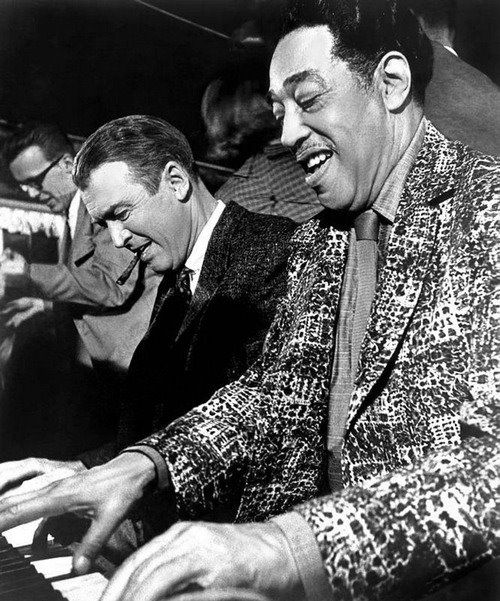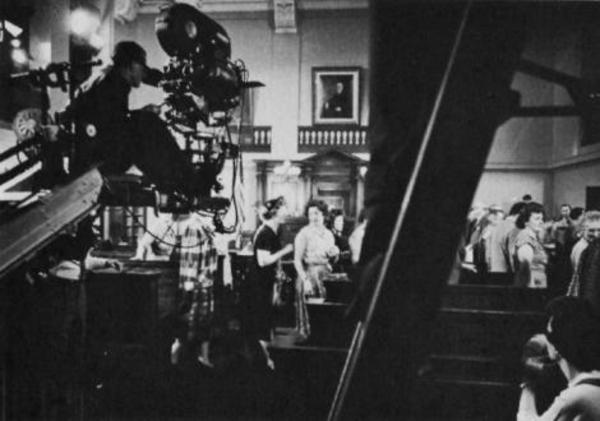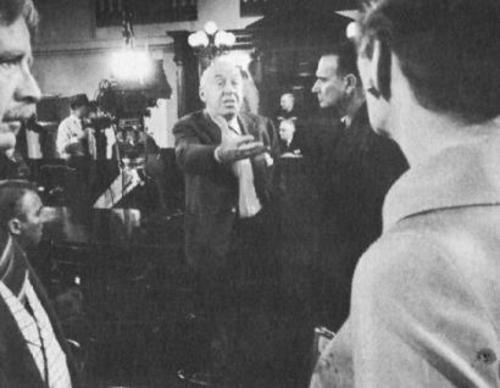As far as films about legal battles and court clashes go, Otto Preminger’s Anatomy of a Murder ranks among the very best. Adapted by Wendell Mayes from the highly successful novel written by Michigan Supreme Court Justice John D. Voelker, this 1959 top-notch courtroom drama is a representational portrayal of the judicial system, ceaselessly engaging and possessing the realistic sting of an accomplished documentary. Never have we seen a film so deeply inclined to shed light on what exactly goes on in and around the courtroom. Perhaps the best film in Preminger’s rich portfolio, Anatomy of a Murder is expertly written, with central characters never sliding into the despised swamp of clichéd stereotyping and a story arc that easily keeps the viewer interested. Tense and absorbing, relentlessly fast-paced and intellectually rewarding, the film is brought to life by magnificent performances from its lead actors, as Jimmy Stewart, graced by the presence of a very competent supporting cast, proves his undeniable skills are hardly restricted to his trademark roles of the American everyman. It’s difficult to discuss the meaning of the film without mentioning Duke Ellington and Billy Strayhorn’s legendary score, as well as Sam Leavitt’s ruminative photography, both of which generously provide assistance in creating the somber mood. Thoughtfully developed, successfully evading the traps of theatricality or cheap solutions, refreshing in its praiseworthy and somewhat daring openness to discuss the subject of sex, Anatomy of a Murder is a painstakingly serious drama that demands concentration and patience, but rewards unselfishly, and by the final credits you start to realize that what you have just seen is probably the most masterfully made trial film of all time.
Dear every screenwriter/filmmaker, read Wendell Mayes’ screenplay for Anatomy of a Murder [PDF]. (NOTE: For educational and research purposes only). The DVD/Blu-ray of the film is available from the Criterion Collection in new digital restoration, with uncompressed monaural soundtrack on the Blu-ray edition. Put Criterion’s 600th spine number on your shelf, you will be glad you did.
Far more ambiguous than rah-rah, Anatomy of a Murder was a provincial trial run for Preminger’s upcoming cycle of big, comprehensive institutional studies, films whose individual stories offer a vantage from which to examine the operations of an entire system in cross section: the legislative branch while processing a secretary of state nomination in Advise & Consent, the Catholic church’s hierarchy as seen along a promising Irish-American priest’s rise in The Cardinal, the reaction of the United States Navy to the attack on Pearl Harbor in In Harm’s Way (1965). Each was adapted from a fat best seller; each but The Cardinal was written for the screen by Wendell Mayes—whose close collaboration with Preminger began on Anatomy of a Murder’s 204-page doorstop of a screenplay—and all together they constitute one of the most individualistic runs of large-scale American filmmaking. —Anatomy of a Murder: Atomization of a Murder
Cinéma Cinémas: Otto Preminger, New York, 1986 by André S. Labarthe.
Lost footage: interview with Otto Preminger by Ira Gallen, 1972.
Host James Day interviews director Otto Preminger about his professional drive to produce films and theater. He discusses his entrance into theater in his youth, studying law to appease his father, and then starting his own theater in Vienna. Preminger recounts his entrance into the Hollywood industry and issues he experienced with censorship of controversial subject matter in his films. Day at Night originally aired on public television from 1973-1974. This episode was restored by CUNY Television.
Otto Preminger speaking at UCLA, 1968.
Making Otto Preminger’s Anatomy of a Murder, courtesy of Robert Siegel, Motion Picture Academy library and the University of California Film Archives and the Museum of Modern Art Film Library. Still photographers: Gjon Mili & Al St. Hilaire.
Get Cinephilia & Beyond in your inbox by signing in
[newsletter]

